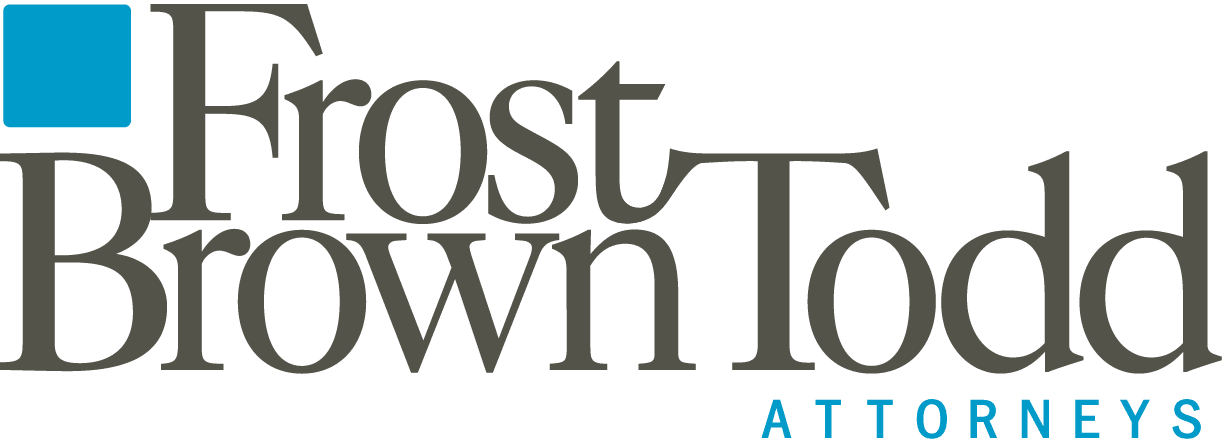In June, Senators Charles Grassley and Angus King introduced the Accelerating Charitable Efforts Act – known as the ACE Act. The ACE Act is intended to incentivize faster payouts to operating charities of funds from private foundations and Donor Advised Funds (“DAFs”). The ACE Act has a fair amount of opposition, and passage of the ACE Act is, at this point, uncertain. Given the legislative proposals circulating in Congress, however, passage of the ACE Act (or some parts of the ACE Act) cannot be counted out.
While the ACE Act has a number of impacts, this post focuses on a part of the ACE Act that limits the use of DAFs by private foundations. One caution: This post summarizes some complex rules, so be sure to discuss any plans with a knowledgeable tax advisor.
Most private foundations are required by Section 4942 of the Internal Revenue Code to annually make qualifying distributions of approximately 5% of the value of their non-charitable use (typically, investment) assets. A qualifying distribution includes a contribution (or grant) to a Section 501(c)(3) organization that is classified as a public charity. Under current law, a private foundation’s contribution to a DAF sponsored by a Section 501(c)(3) public charity should constitute a qualifying distribution that counts toward the Section 4942 5% requirement.
Proponents of the ACE Act are concerned about private foundations “parking” assets with a DAF – the practice of contributing to a DAF that counts toward the Section 4942 5% requirement and then letting those funds sit in the DAF. Private foundations “parking” assets with DAFs has, for many years, been a focus of policy makers.
Under the ACE Act, private foundations would no longer be able to treat contributions to a DAF toward the Section 4942 5% requirement, unless those funds come out of the DAF by the end of the year following the contribution. The ACE Act also imposes added IRS Form 990-PF reporting requirements for contributions by private foundations that are held in a DAF.
With respect to the Section 4942 5% requirement applicable to private foundations, the ACE Act becomes effective for contributions to a DAF made after December 31, 2021. The current version of the ACE Act, therefore, essentially grandfathers private foundation contributions to DAFs that are made prior to January 1, 2022. Private foundations that are considering a contribution to a DAF should, given the legislative risk associated with the ACE Act, consider acting in 2021.
If you have questions regarding the ACE Act and its tax implications for charitable contributions, contact Doug Thomson of Frost Brown Todd’s Tax Practice Group. You can also read about the latest in federal, state and local tax administration and tax-saving techniques on our Tax Law Defined Blog.
